What Is Avalanche?
Avalanche is a layer one blockchain that functions as a platform for decentralized applications and custom blockchain networks. It is one of Ethereum’s rivals, aiming to unseat Ethereum as the most popular blockchain for smart contracts. It aims to do so by having a higher transaction output of up to 6,500 transactions per second while not compromising scalability.
This is made possible by Avalanche’s unique architecture. The Avalanche network consists of three individual blockchains: the X-Chain, C-Chain and P-Chain. Each chain has a distinct purpose, which is radically different from the approach Bitcoin and Ethereum use, namely having all nodes validate all transactions. Avalanche blockchains even use different consensus mechanisms based on their use cases.
After its mainnet launch in 2020, Avalanche has worked on developing its own ecosystem of DApps and DeFi. Different Ethereum-based projects such as SushiSwap and TrueUSD have integrated with Avalanche. Furthermore, the platform is constantly working on improving interoperability between its own ecosystem and Ethereum, like through the development of bridges.
| Coin Basic | Information |
|---|---|
| Coin Name | Avalanche |
| Short Name | AVAX |
| Circulating Supply | 220,286,577.21 AVAX |
| Total Supply | 720,000,000 |
| Source Code | Click Here To View Source Code |
| Explorers | Click Here To View Explorers |
| Twitter Page | Click Here To Visit Twitter Group |
| Whitepaper | Click Here To View |
| Support | 24/7 |
| Official Project Website | Click Here To Visit Project Website |
Who Are the Founders of Avalanche?
Avalanche was launched by Ava Labs, founded by Cornell University professor Emin Gün Sirer, and Cornell University computer science PhD’s Kevin Sekniqi and Maofan “Ted” Yin. Gün Sirer is a veteran in cryptographic research, having designed a conceptual peer-to-peer virtual currency six years before the release of the Bitcoin whitepaper. He was also involved in work on Bitcoin scaling solutions and research on Ethereum before the infamous The DAO hack in 2016.
From that research arose the whitepaper that led to the foundation of Ava Labs in 2018. The project closed a seed round in February 2019 that included investors such as Polychain, Andreessen Horowitz and Balaji Srinivasan. Avalanche closed its initial coin offering in 2020 in under 24 hours, raising $42 million in the process.
Digitize All The World’s Assets.
Avalanche is the fastest smart contracts platform in the blockchain industry, as measured by time-to-finality, and has the most validators securing its activity of any proof-of-stake protocol.
What Makes Avalanche Unique?
Avalanche attempts to solve the blockchain trilemma, which posits that blockchains cannot achieve a sufficient degree of decentralization at scale. A consequence of this are high gas fees, as is often the case on Ethereum.
To solve this problem, Avalanche designed three interoperable blockchains.
- The Exchange Chain (X-Chain) is employed to create and exchange the native AVAX tokens and other assets. Similar to the ERC-20 standard on Ethereum, these tokens follow a set of standardized rules. It uses the Avalanche consensus mechanism.
- The Contract Chain (C-Chain) hosts smart contracts and decentralized applications. It has its own Avalanche Virtual Machine, similar to the Ethereum Virtual Machine, allowing developers to fork EVM-compatible DApps. It uses the Snowman consensus mechanism.
- The Platform Chain (P-Chain) coordinates network validators, tracks active subnets and enables the creation of new subnets. Subnets are sets of validators, sort of like a validator cartel. Each subnet can be validating several blockchains, but a blockchain can only be validated by one subnet. It also uses the Snowman consensus mechanism.
How Many Avalanche (AVAX) Coins Are There in Circulation?
The total supply of AVAX is 720 million. Its token distribution is as follows:
- 2.5% – seed sale, with 10% released on mainnet launch and the rest being released every three months.
- 3.5% – private sale, with 10% released on mainnet launch and the rest being released every three months.
- 10% – public sale, with 10% released on mainnet launch and 15% released every three months over a period of 18 months.
- 9.26% – allocated to the foundation, released over ten years.
- 7% – community endowment, released over twelve months.
- 0.27% – testnet incentive program, released over one year.
- 5% – strategic partners, released over four years.
- 2.5% – airdrops, released over four years.
- 10% – team, released over four years.
How Is the Avalanche Network Secured?
AVAX is traded on the Exchange Chain, which follows its own Avalanche consensus mechanism. Unlike proof-of-work or proof-of-stake, the Avalanche consensus mechanism does not have one leader processing transactions that get validated by others. Instead, all nodes process and validate transactions by employing a directed acyclic graph (DAG) protocol. That way, transactions are processed simultaneously, and validators’ random polling ensures that transactions are correct with statistical certainty. There are no blocks in this consensus mechanism, allowing immediate finalization and significantly improving the blockchain’s speed.





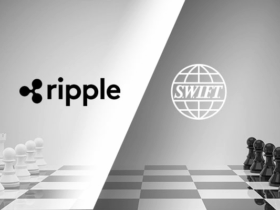
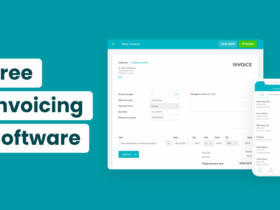





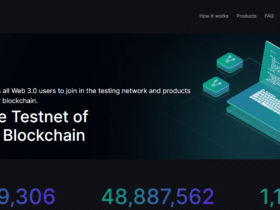



















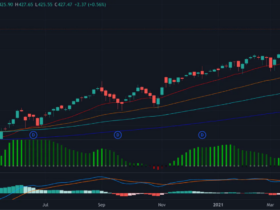


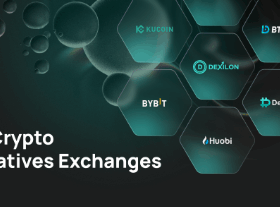
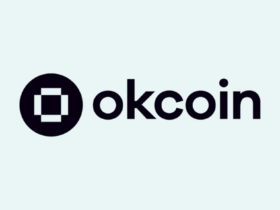
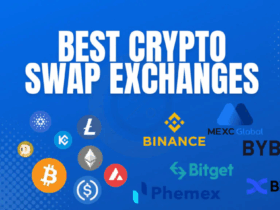




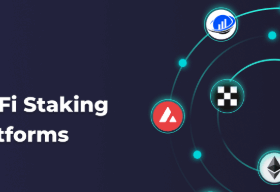

Leave a Reply